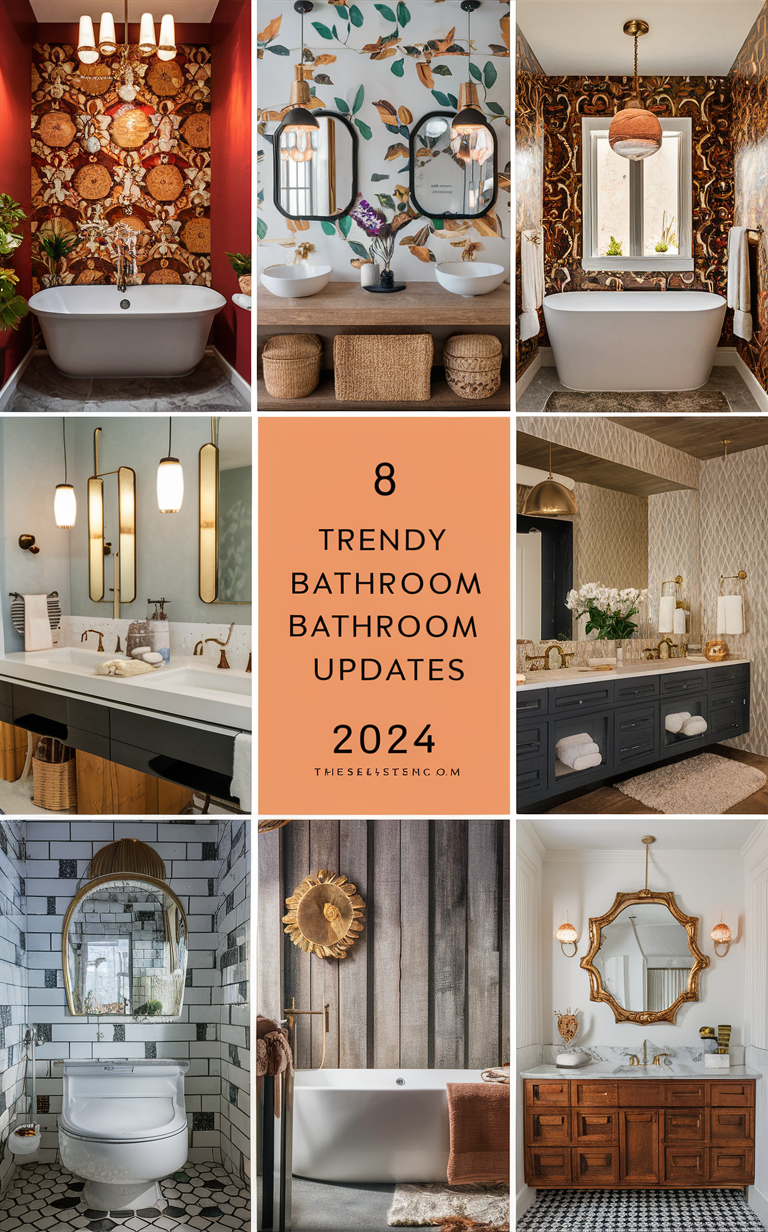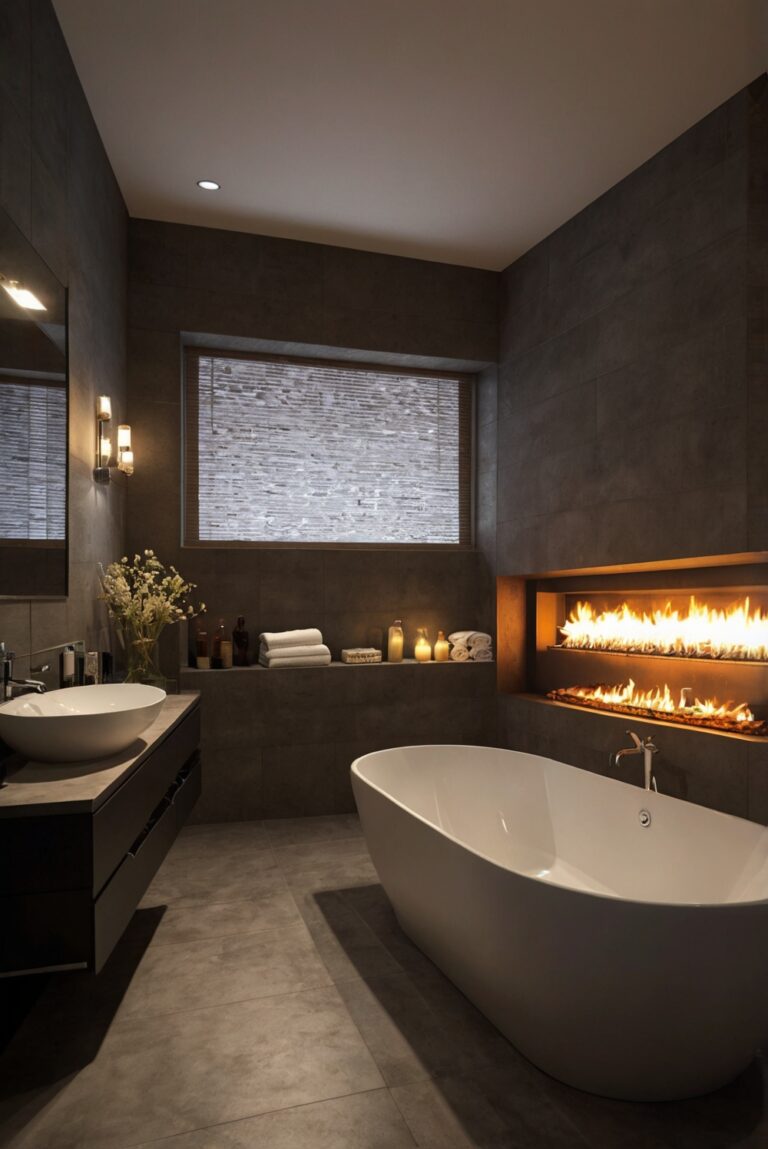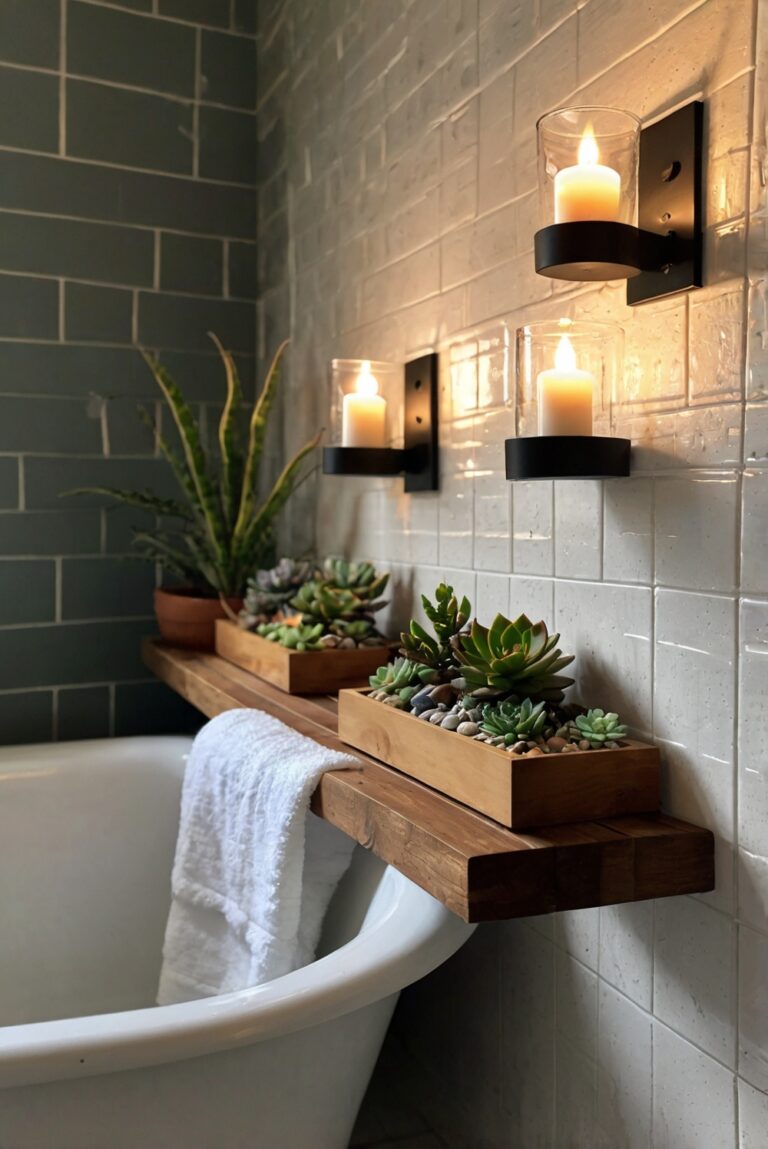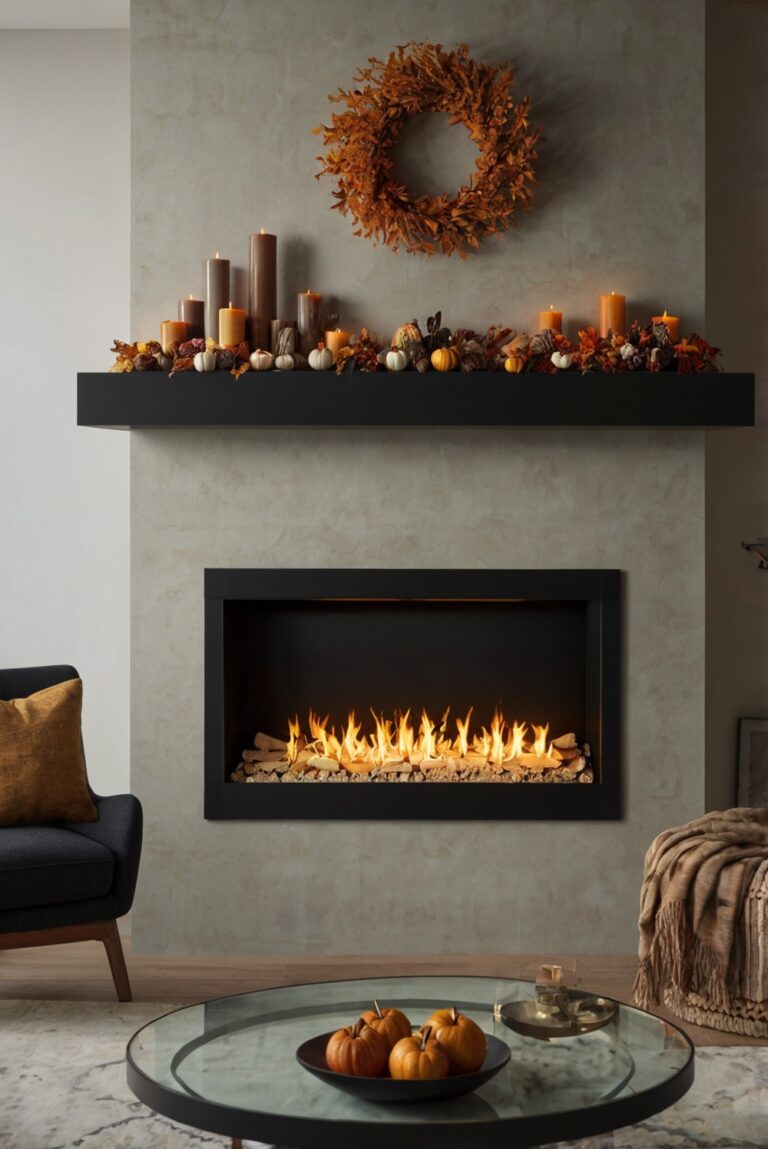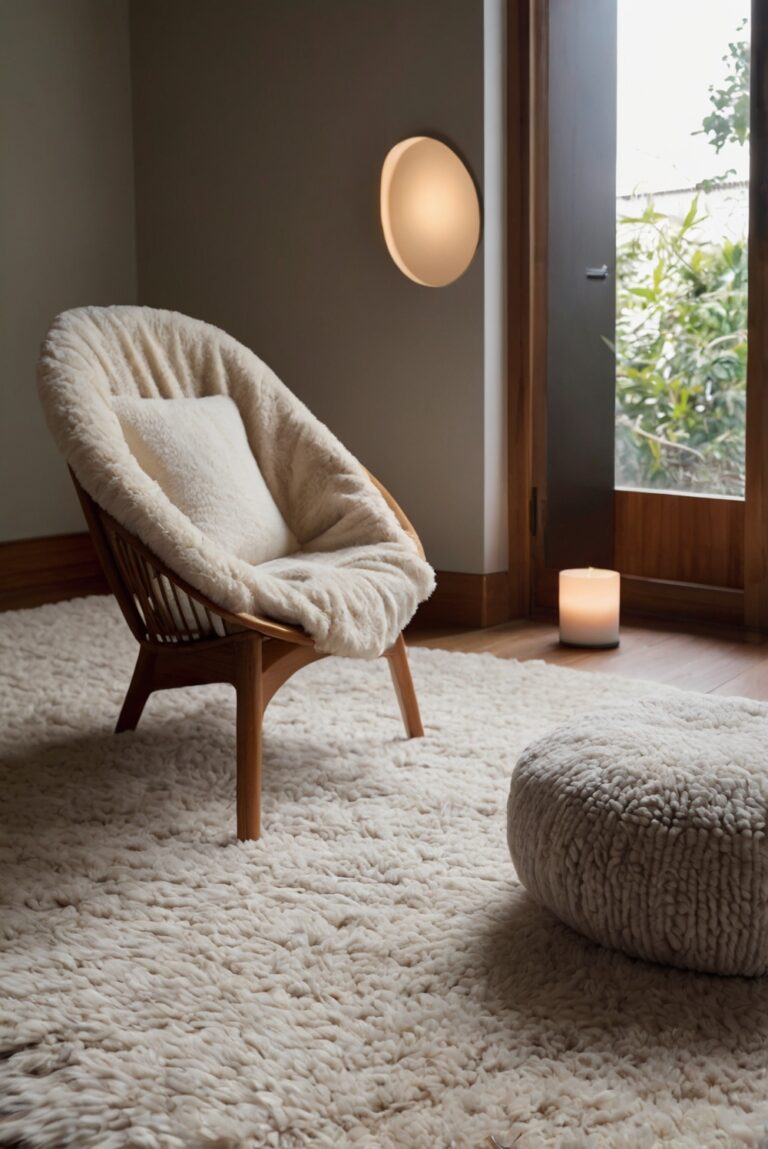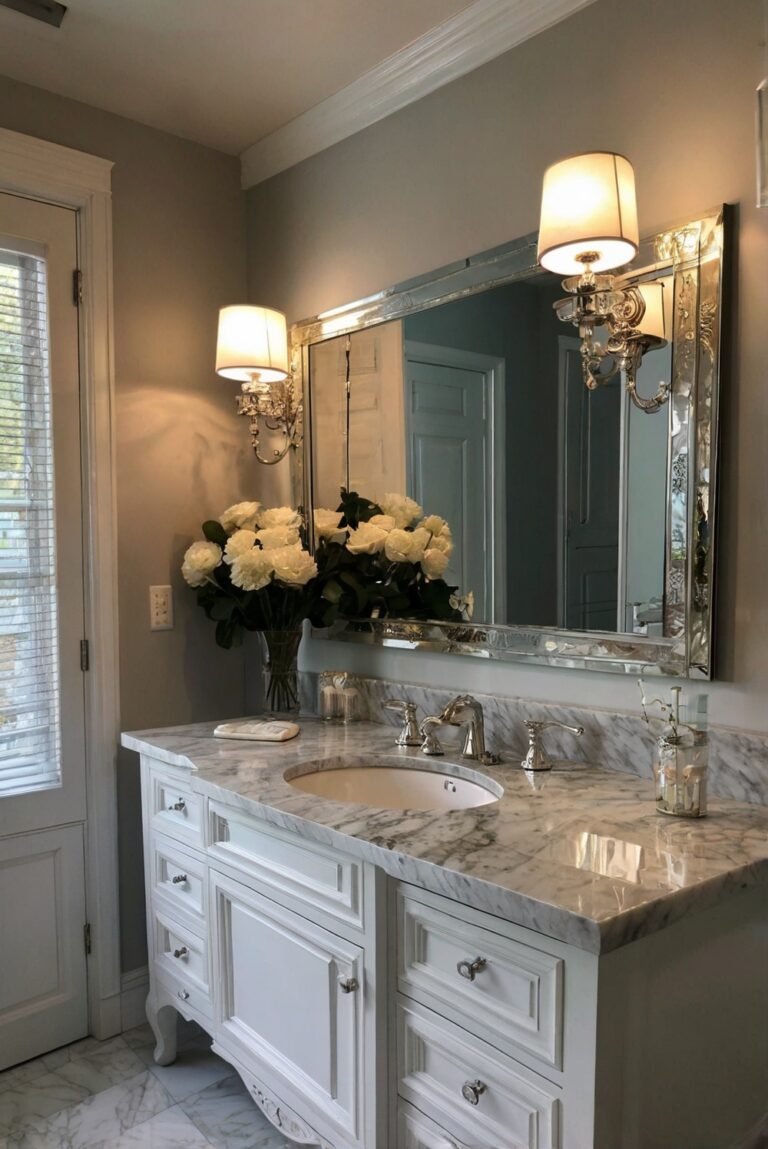Discover the ideal paint for your bathroom in this daily interior designer routine. Find out how to achieve the perfect color and finish for this high-moisture space.
What is the best paint for a bathroom?
Semi-gloss or satin finishes are the best choice for bathroom walls. They are durable and resistant to moisture, making them ideal for spaces prone to humidity and splashes. Using a quality primer before painting can enhance durability and prevent mold growth in humid environments. When choosing a paint color, consider light, neutral shades to create a calming and spacious feel. Ensure proper ventilation during the painting process and allow sufficient drying time between coats for a flawless finish that will withstand the bathroom environment.
What is the best paint for a bathroom?
When it comes to choosing the best paint for a bathroom, durability, moisture resistance, and mold and mildew protection are key factors to consider. Bathrooms are high-moisture areas prone to humidity and condensation, making it essential to use a paint that can withstand these conditions. Look for paints labeled as “bathroom paint” or “mold and mildew resistant” to ensure longevity and protection in your bathroom.
What type of paint finish is best for bathrooms?
Semi-gloss or satin finishes are typically recommended for bathrooms due to their moisture resistance and ease of cleaning. These finishes are more durable and can withstand frequent cleaning and exposure to moisture without easily showing water spots or stains. Additionally, semi-gloss and satin finishes provide a smooth and shiny appearance that can enhance the overall look of your bathroom.
Should I use a primer before painting a bathroom?
Using a primer before painting your bathroom walls can help ensure better adhesion, coverage, and durability of the paint. Primers create a smooth surface for the paint to adhere to, especially on porous or uneven surfaces. Additionally, using a primer with mold and mildew resistance can provide an extra layer of protection in high-moisture areas like bathrooms.
Can I use regular paint in a bathroom?
While regular interior paint can be used in bathrooms, it may not provide the same level of durability and moisture resistance as paint specifically formulated for bathrooms. Regular paint may be more prone to peeling, cracking, or developing mold and mildew in high-humidity environments. To ensure long-lasting results, it is recommended to use paints designed for bathrooms that offer enhanced protection against moisture and mold.
What are some additional tips for painting a bathroom?
– Properly prepare the surface by cleaning and priming it before painting.
– Use a high-quality paintbrush or roller to ensure smooth and even application.
– Allow the paint to dry completely between coats to achieve a professional finish.
– Consider using a mildew-resistant paint additive for extra protection against mold and mildew.
– Ventilate the bathroom well during and after painting to help the paint dry and reduce moisture buildup.
In conclusion, choosing the best paint for a bathroom involves considering factors such as durability, moisture resistance, and mold protection. Opting for a paint specifically designed for bathrooms, with a semi-gloss or satin finish, and using a primer can help ensure long-lasting results in high-moisture environments. By following additional tips for painting a bathroom, you can achieve a fresh and durable finish that enhances the overall look of your bathroom.


